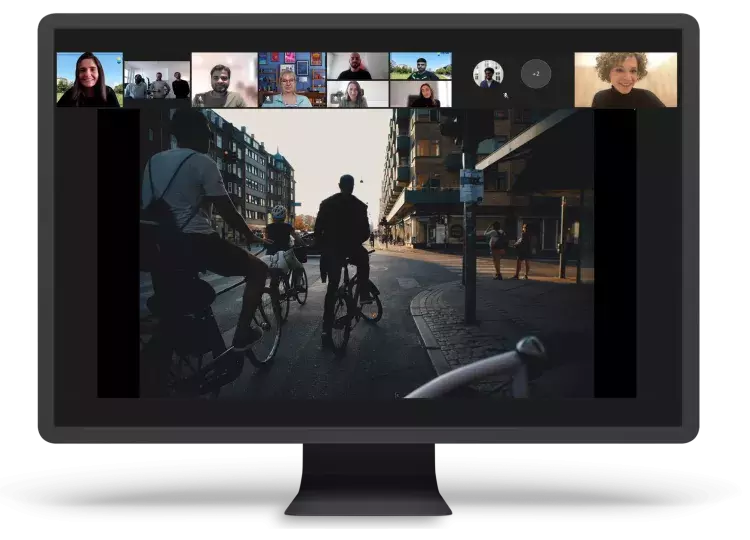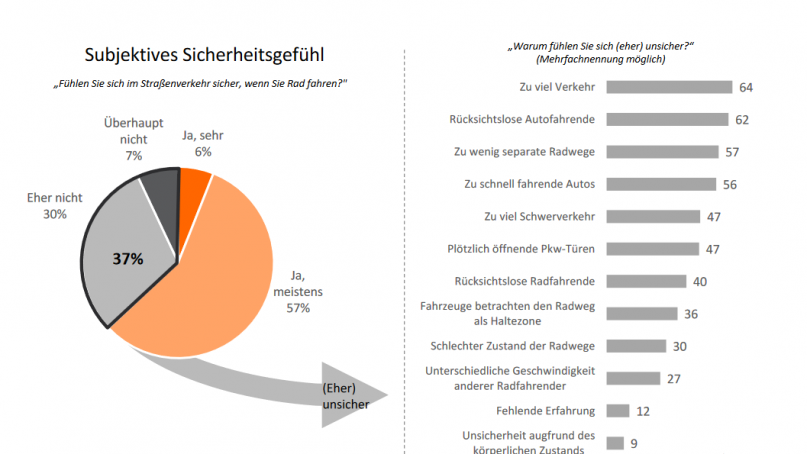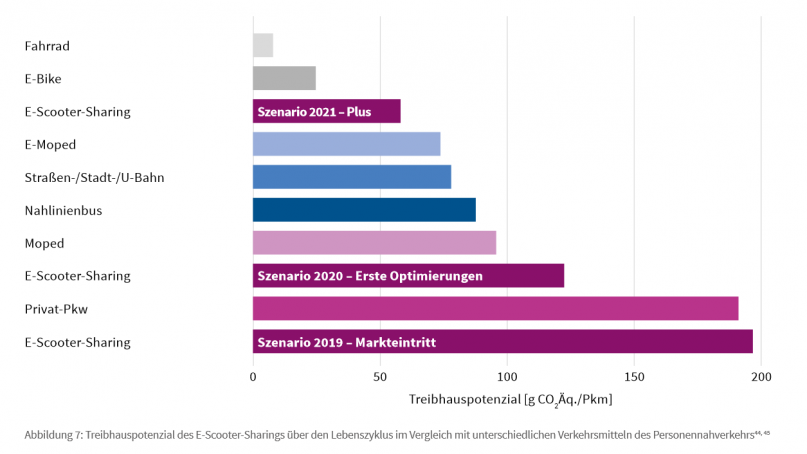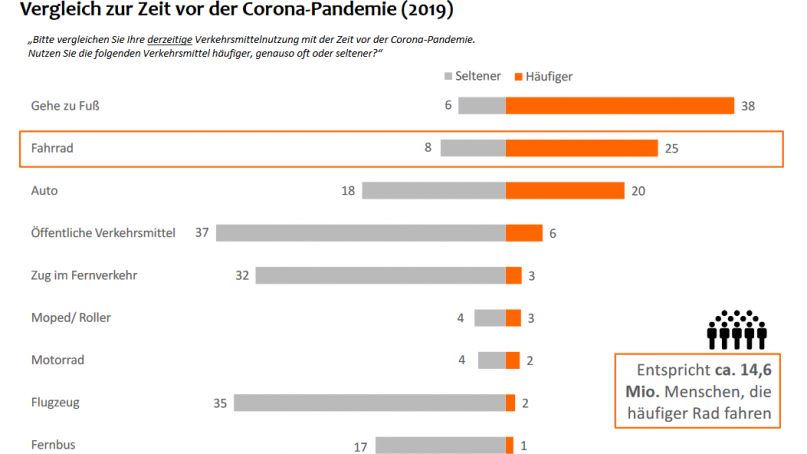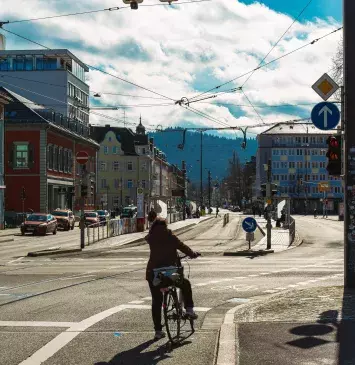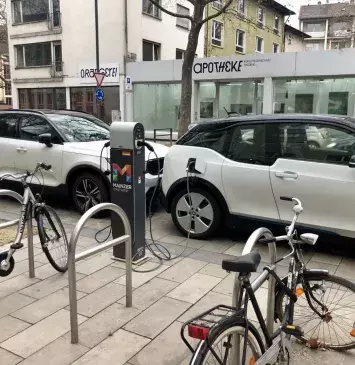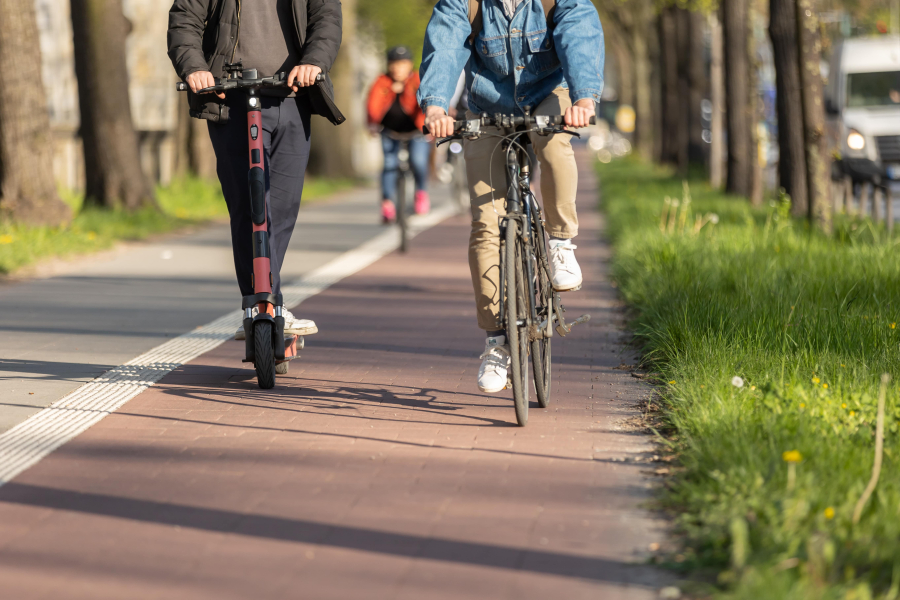
Smart infrastructure expansion for micromobility
Smart infrastructure expansion for micromobility
With the help of micromobility devices people can quickly move around the city with low levels of emissions. Lightweight vehicles like bicycles and e-scooters can both supplement public transit networks and enable flexible, on-demand mobility. As the use of this type of transportation increases, so too does the need for suitable infrastructure, especially in the form of bike paths and parking facilities. Cities and municipalities are faced with the challenge of rethinking existing spaces and dividing them up in a way that meets the needs of as many road users as possible. If this challenge can be mastered, conflicts and accidents will become less frequent, traffic flow will improve, and all participants will reach their destinations more quickly.
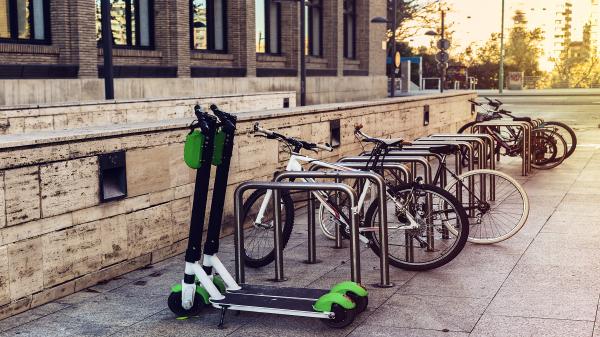
This complex task can be facilitated using the information provided by various data. Which routes are used frequently? Where do accidents occur? Which roads are suitable for conversion into bicycle infrastructure? Thanks to modern sensors that count bikes, data from bike apps and from sharing providers, there is more and more traffic data available beyond just cars.
You are not alone in facing this challenge. Exchange ideas with other stakeholders in the associated forum to tackle the right solution together!
Approaches
- E-scooters and sharing bikes can provide informative data. Providers should be obliged to share the data.
- Video cameras can be deployed track sections of traffic in specific high-volume locations.
- Data sets on accidents or near misses can be used to identify particularly dangerous places and to develop strategies to increase safety.
- Cyclists can use apps to track their journeys and thus help to generate more data.
- Residents and cycling initiatives can be actively involved in planning, e.g. through surveys, as they are experts for the needs of the target group.
- Data from mobile phone providers can be used to understand commuting patterns in a city and thus provide a planning basis for new infrastructure.
Opportunities
- More sustainable mobility through increased use of bicycles and e-scooters.
- Improved infrastructure that takes more vunlerable road users into account ensures fewer accidents and safer mobility. In addition, conflicts between pedestrians and micromobility users (such as sidewalks cluttered with parked scooters are bikes) can be solved by providing adequate parking areas.
- Involving citizens in the planning of infrastructure measures increases the sense of belonging and self-efficacy - the city is co-planned by those who move within it.
- When good infrastructure is in place, it can not only be used for private transportation, but also for delivery and courier services, further contributing to the reduction of emissions within the city.
- Targeted speed limits improve traffic flow, increase safety, reduce emissions and are easy to implement.
Solution(s)
Geofencing for micromobility
(Micro-) Mobility Apps
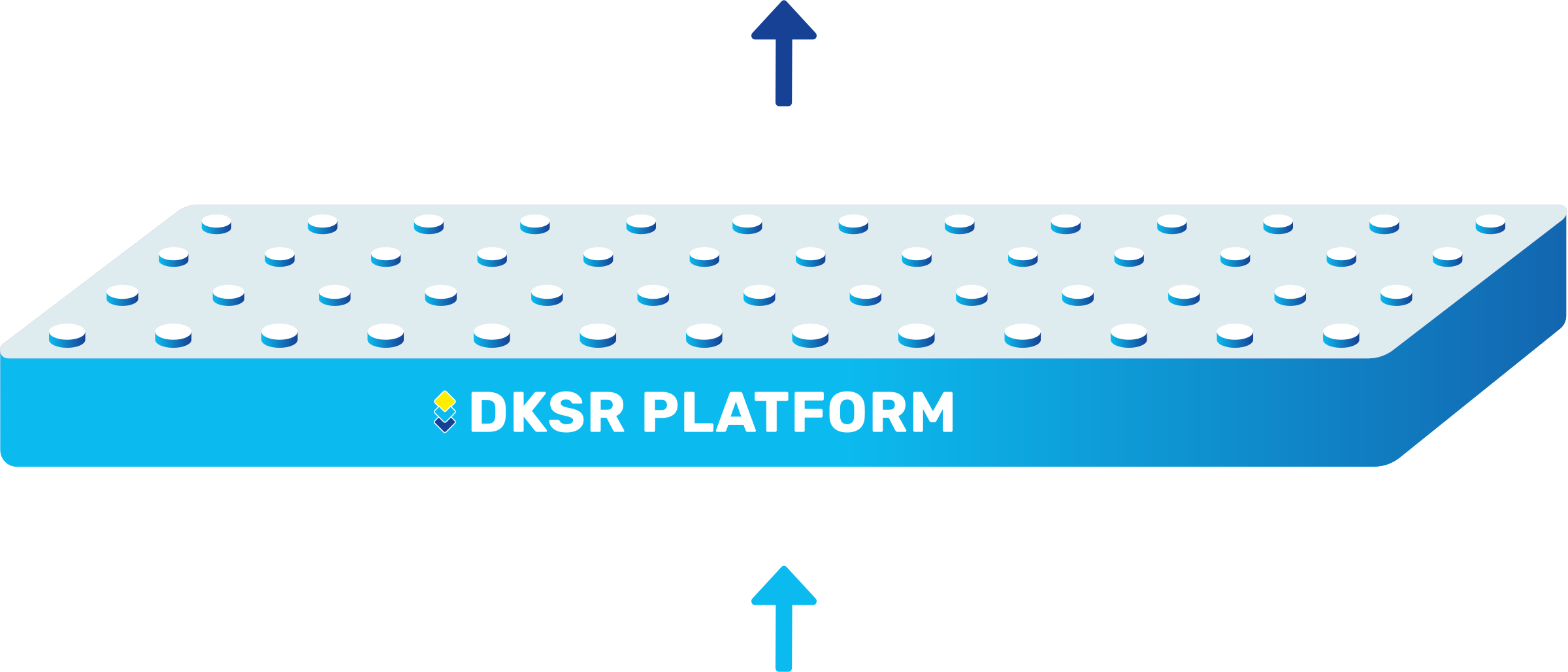
Data
Which SDGS are addressed?
In order to create globally sustainable structures, the member states of the United Nations have set themselves 17 goals by 2030, which are set out in the 2030 Agenda for Sustainable Development.
In the Open Urban Data Community, municipal actors can network with each other, engage in conversation, and work together on implementations. Benefit from the cost-free formats for the community!
You would like to be a part of the community?
